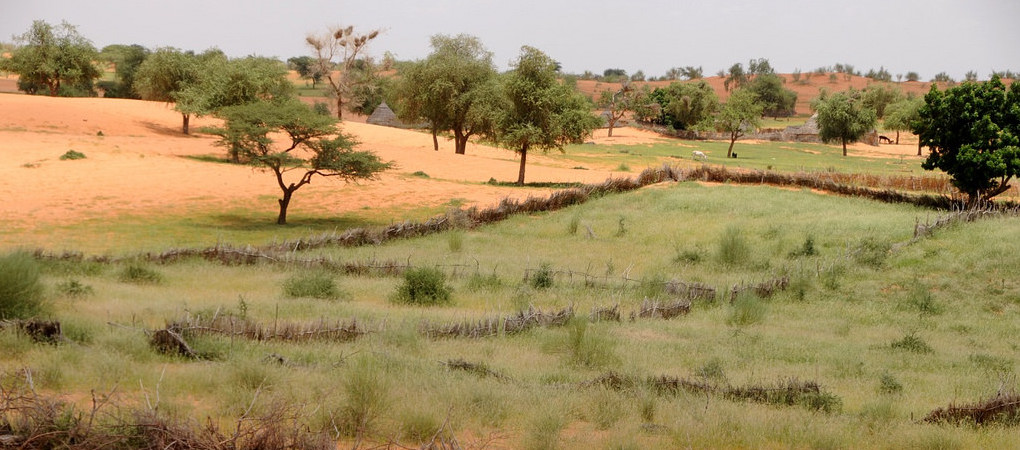National Adaptation Programmes of Action (NAPAs) provide a process for Least Developed Countries (LDCs) to identify priority activities that respond to their immediate needs to adapt to climate change, ultimately leading to the implementation of projects aimed at reducing the economic and social costs of climate change.
Key Vulnerabilities
- Agriculture/Food Security
- Water Resources
- Land Resources
Project details
Levels of intervention
- National
Key implementers
Funding amounts
20,000
Project partners
- Government of Chad
- United Nations Development Programme (UNDP)
- Global Environment Facility (GEF)
Introduction
National Adaptation Programmes of Action (NAPAs) provide a process for Least Developed Countries (LDCs) to identify priority activities that respond to their immediate needs to adapt to climate change, ultimately leading to the implementation of projects aimed at reducing the economic and social costs of climate change.
Key Vulnerabilities
- Agriculture/Food Security
- Water Resources
- Land Resources



Project details
Chad is located in central northern Africa at 7‐23° north of the equator, straddling the sub‐tropical climate band called the Sahel.
The north of Chad extends well into the arid Sahara desert, whilst the south has a much wetter, and typically tropical, climate. The northern, desert regions of Chad receive very little rainfall all year round. The southern, tropical savannah regions of Chad experience a wet season between May and October (receiving 150‐ 300mm per month), whilst the central sub‐tropical regions have a shorter wet season between June and September (receiving 50‐150 mm per month). In the dry months between November and March, almost no rain falls at all.
These seasonal rainfalls are controlled by the movement of the tropical rain belt (also known as the Inter‐Tropical Conversion Zone, ITCZ) which oscillates between the northern and southern tropics over the course of a year. Variations in the latitudinal movements of the ITCZ from one year to another cause large inter‐annual and decadal variability in wet‐season rainfall.
Source: University of Oxford, School of Geography and the Environment
- National
- Government of Chad
- United Nations Development Programme (UNDP)
- Global Environment Facility (GEF)
20,000
News
Key results & output
Key Vulnerabilities
- Agriculture/Food Security
- Water Resources
- Land Resources
Potential Adaptation Measures:
Agriculture and Food Security
- Switch to different cultivars
- Improve and conserve soils
- Enhance irrigation efficiency and/or expand irrigation
- Agricultural research and transfer of technology
- Improve pest and disease forecast and control
Water Resources
- Increase water supply, e.g. by using groundwater, building reservoirs, improving or stabilizing watershed management, desalination
- Decrease water demands, e.g. by increasing efficiency, reducing water losses, water recycling, changing irrigation practices
- Develop and introduce flood and drought monitoring and control system
- Improve or develop water management
Reports & publications
Videos & multimedia
Newsfeed
Contacts
- UNDPMathieu KoumoinProject Coordinator

